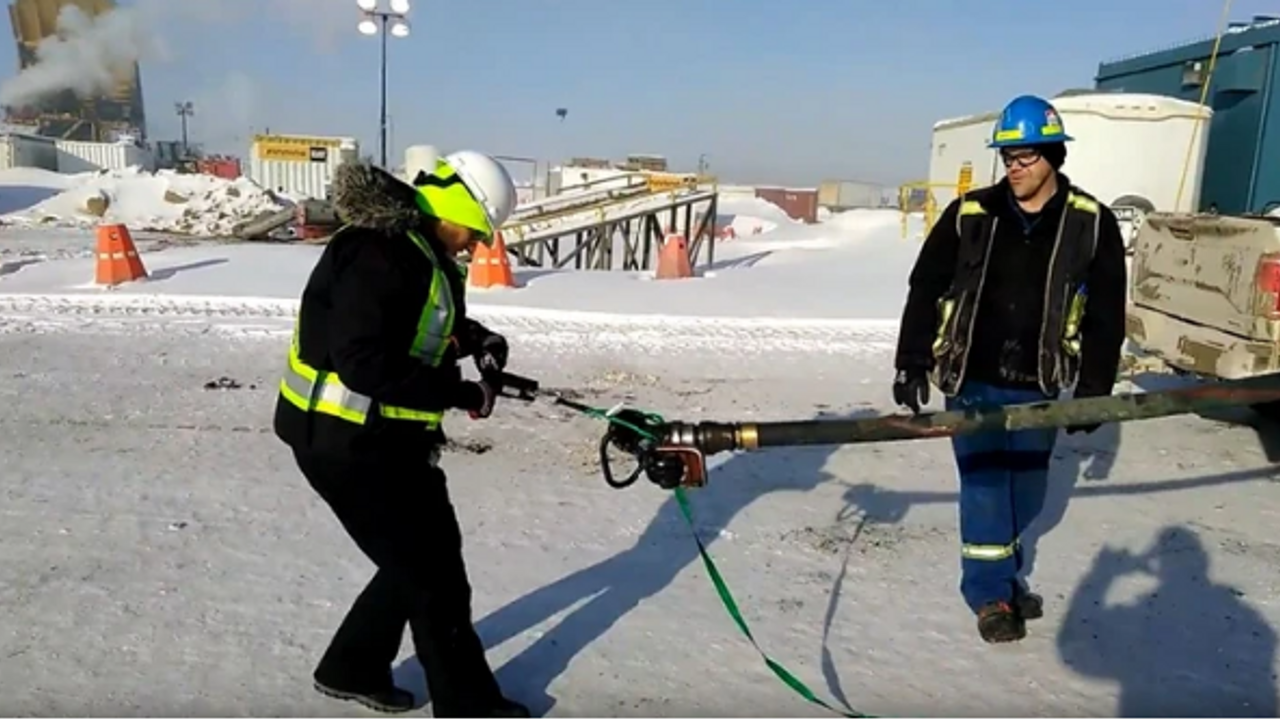Why Would I Want to be Certified in Job Demands Analysis?

Guest blog post written by Kevin Cairns
Prepare for the R-Kin Exam
Have you completed your R-Kin Exam? Completing a certification course in job demands analysis will prepare you for the exam questions on this topic.
Job Demands Analysis (JDA) is one of the core competencies listed by the College of Kinesiologists Ontario and Canadian Kinesiology Alliance. In fact, it is included on the areas of professional practice page, and explains JDA the following way: Kinesiologists analyze the physical requirements of specific activities involved in employment or life tasks. Kinesiologists may only deliver services in areas where they can demonstrate competency.
Enhance your career
These assessment skills are highly sought after by employers looking to hire kinesiologists. The ability to perform these assessments will generate significant revenue for a business. This will increase your value to a potential employer.
A JDA is a systematic procedure to quantify and evaluate all the physical and environmental demand components of all the essential and non-essential tasks of a job.
A JDA is a document used by employers to objectively capture and describe the physical demands that are required to perform a particular job or role.
For the purpose of employee rehabilitation and return to work, a JDA is the “cornerstone” of the analytical process used to determine compatibility between a worker and a specific job.
A JDA can be used by a wide range of individuals within different organizations. It can be used internally in a workplace (health and safety, managers, or human resources) or externally by various individuals or organizations (family doctors, treatment providers, workers compensation, insurance providers or lawyers).
Start your own business or side hustle
Performing JDAs can be the seed that grows into a full business or a lucrative side hustle.
JDAs are used in a variety of ways:
- Adjudication of Claims – can be used by insurance providers (particularly the WSIB in Ontario) to assist in the determination of work-relatedness or cause of injury in the adjudication of claims. There are limitations to the use of information for this purpose.
- Accommodation of a Worker – can be used as a reference to provide employers with specific information about jobs to quickly and effectively accommodate workers in jobs that are within prescribed physical restrictions by a healthcare practitioner.
- Educate Treating Healthcare Practitioners – can provide treating healthcare practitioners with an accurate understanding of the tasks their patients are required to perform in their occupations. This can help in creating an effective treatment plan that considers the potential impact of work and may help them return to work more quickly, but also safely.
- Inform Prevention Efforts – can be used to guide further investigation into potential hazards or risk of injury. Workplaces can use the PDD observation and data collection process to flag potential hazardous tasks that require analysis or further investigation. It may result in ergonomic improvements such as process modifications or design changes that prevent future injuries.
Make your kin dreams come true: prepare for the R-Kin exam, get a better job, start your own business.
Register for the Metriks JDA certification today.
Want a discount code? Email [email protected]
Become a Guest Blogger!
We are now accepting applications for new Guest Bloggers! We encourage our fellow bloggers or aspiring bloggers to share their knowledge with the First Line Education community! If interested, please click the link below.


